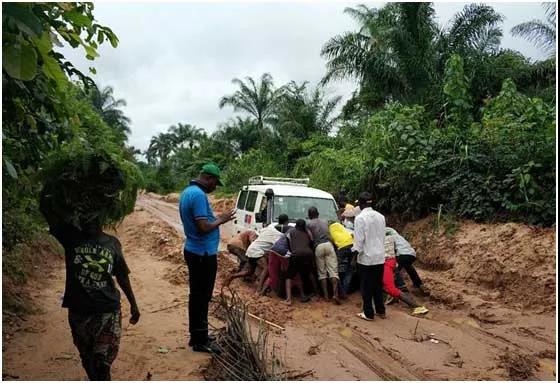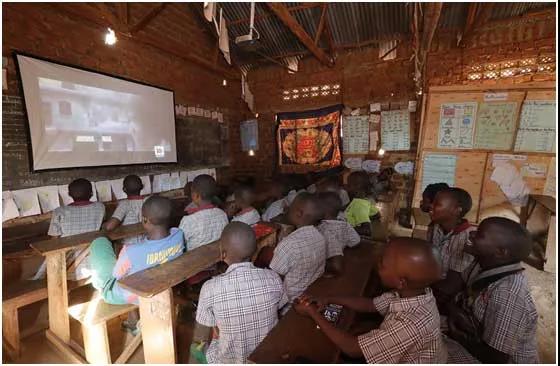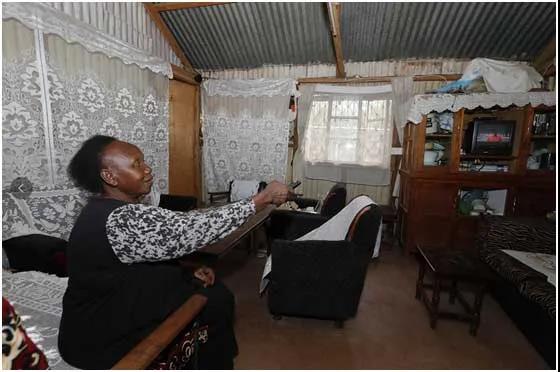Celebrating 100th anniversary of CPC | China-aided digital TV project completed despite challenges
China announced 10 major cooperative plans with Africa at the Johannesburg Summit of the Forum on China-Africa Cooperation in 2015, to propel the building of the China-Africa comprehensive strategic and cooperative partnership. The cultural and people-to-people connectivity plan, one of the 10 plans, proposed a project to provide satellite TV reception to 10,000 African villages, also known as "Access to Satellite TV for 10,000 African Villages" project.

Chinese construction team encountered and overcame many unexpected challenges dhuring the project in Africa. Roads in Uganda were in poor condition due to a lack of maintenance, they had to leave for work before dawn to counterbalance the time spent on the way. Louga province in northern Senegal is close to the Sahara Desert, and they had to work in temperatures of up to 50 Celsius degrees during the day.

The 800 Kenyan villages covered by the project spread across 47 counties, and the most remote one is 1,200 kilometers away from the capital Nairobi. It took the team 72 hours to get there by car without stopping. In the desert of northern Chad, they had to drive with extreme care on sand roads or carry all the equipment by themselves in mountainous areas where there was no access for vehicles. The traffic conditions in the provinces of Madagascar were extremely poor, except for its capital. It took two weeks to transport the equipment to the southernmost villages. Sometimes, the equipment had to be carried by road vehicles, ships, cattle carts, and eventually on foot for the last 10 kilometers of mountain road to reach remote villages. When installing the equipment for a Nigerian island village, their boat was almost overturned by waves.
Completed despite challenges, the project has brought wide coverage of program signals, safe and reliable infrastructure and a comprehensive operation system, which will make the sustainable development of radio and television digitization in Africa feasible, greatly improve the level of network connectivity and inject impetus into the sustainable development of the African economy.
To date, the project has directly benefited over 170,000 households, covering more than 6.5 million people. The project has also trained talents for local radio and television programs, building their skills in satellite television operation, installation and after-sales services. This not only provided a human resource guarantee for the follow-up operation of the project, but also created employment opportunities in Africa, while boosting development of related industries.



Follow us on WeChat
京ICP备18041594号-1
京公网安备 11010202005508号

Follow us on WeChat


